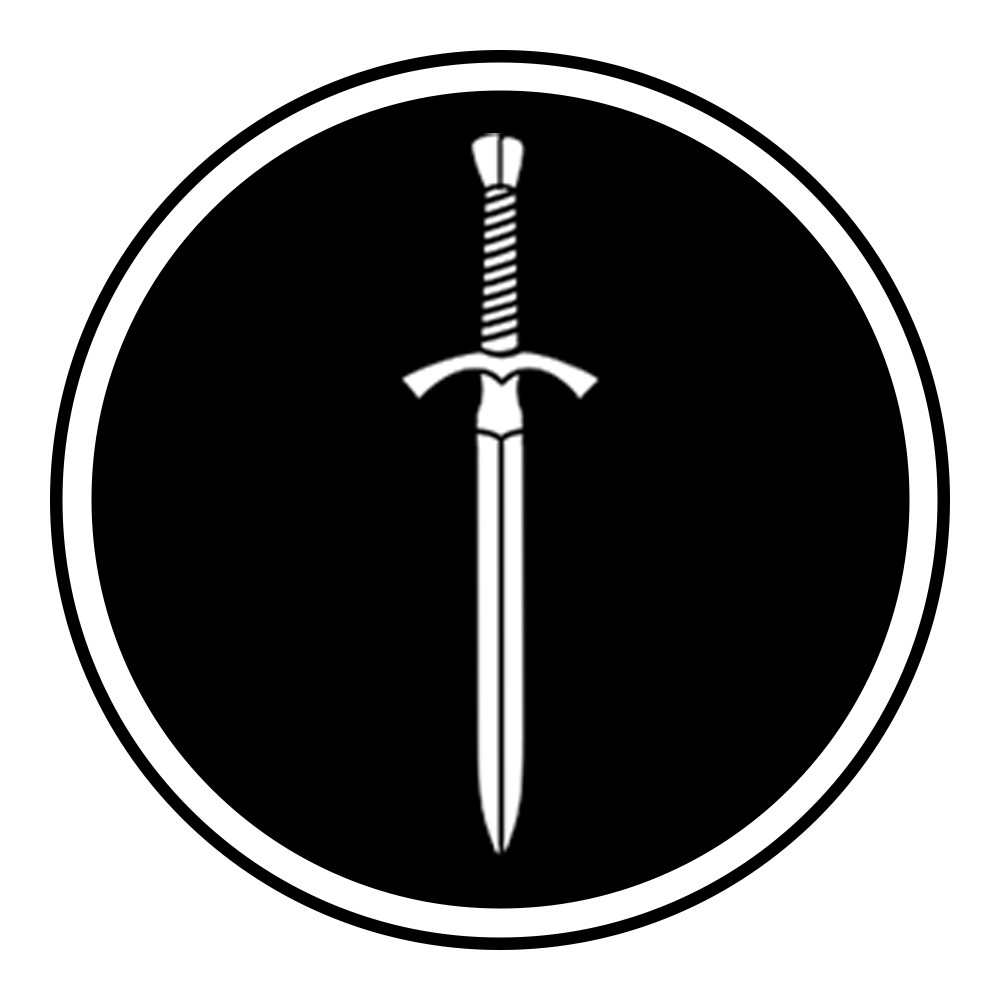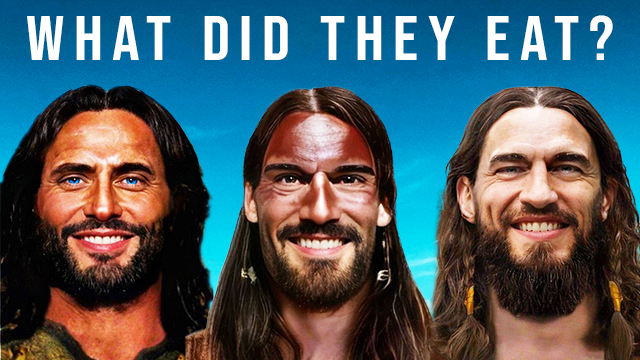What did ancient Europeans eat between 10,000 BC and 3000 BC?
In the Mesolithic era, the hunter gatherers of Europe were thriving in a range of environments across the Continent. From 7,000 BC Neolithic farmers spread across Europe bringing a new way of life, new languages, beliefs and social structures. Then around 3,000 BC, another great change came with the spread of cattle and horse herders from their homelands on the Pontic steppe all the way to the furthest corners of Europe, heralding the beginning of the European bronze age.
These three eras saw huge social, linguistic, and genetic changes but what exactly did prehistoric Europeans eat?
Sources for this video:
The Horse, the Wheel, and Language – David Anthony
The Rise of Bronze Age Society – K. Kristiansen & T. B. Larsson
The First Farmers of Europe: An Evolutionary Perspective – Stephen Shennan
Plant Use in the Mesolithic: Evidence from Staosnaig, Isle of Colonsay, Scotland – Steven Mithen (1999)
Irish Cepaea nemoralis Land Snails Have a Cryptic Franco-Iberian Origin That Is Most Easily Explained by the Movements of Mesolithic Humans – Grindon & Davison (2013)
Plant Use in the Mesolithic and its Role in the Transition to Farming – Zvelebil (1994)
Hazelnut economy of early Holocene hunter gatherers: a case study from Mesolithic Duvensee, northern Germany – Holst (2010)
Experimental archaeological exploration of Mesolithic techniques for hazelnut roasting – Lage (2011)
A drowned Mesolithic shell midden complex at Hjarnø Vesterhoved, Denmark and its wider significance – Astrup et al (2021) A late Mesolithic shell midden at Kilnatierny – Murray (2011)
Diet and Mobility in the Corded Ware of Central Europe – Sjögre, Price, Kristiansen – (2016)
(The above links include affiliate links which means we will earn a small commission from your purchases at no additional cost to you which is a way to support the channel).
If you enjoy my videos and stories please consider supporting my work on Patreon.
You can purchase all my books and audiobooks on Amazon.

